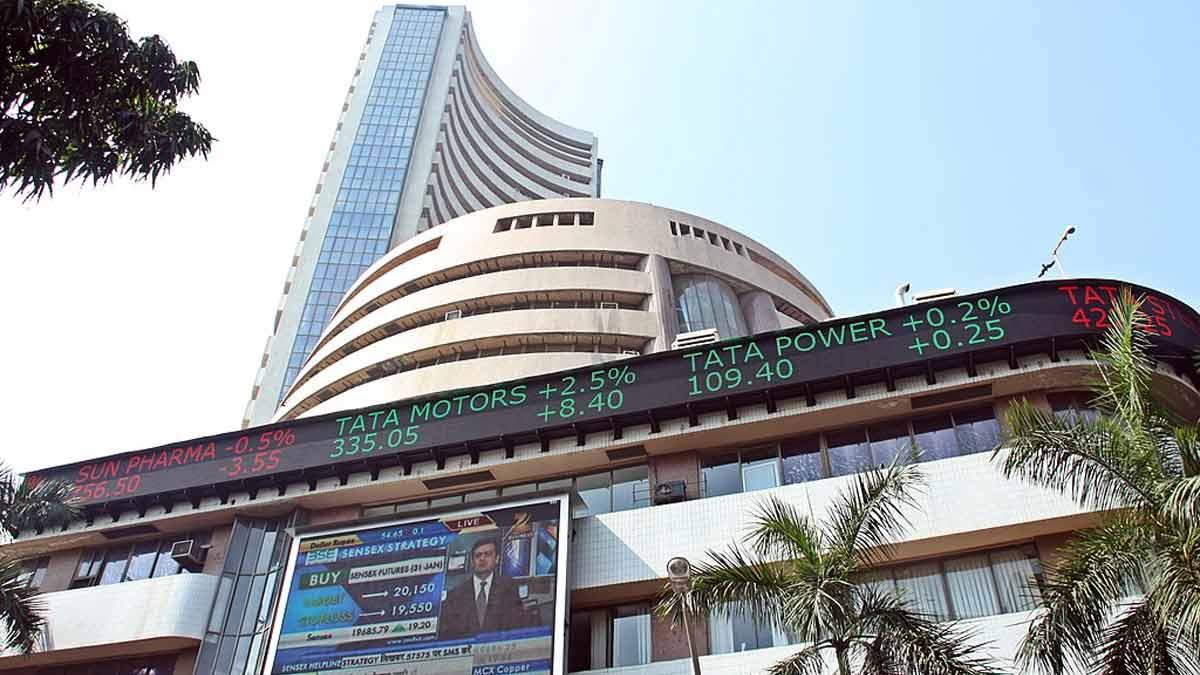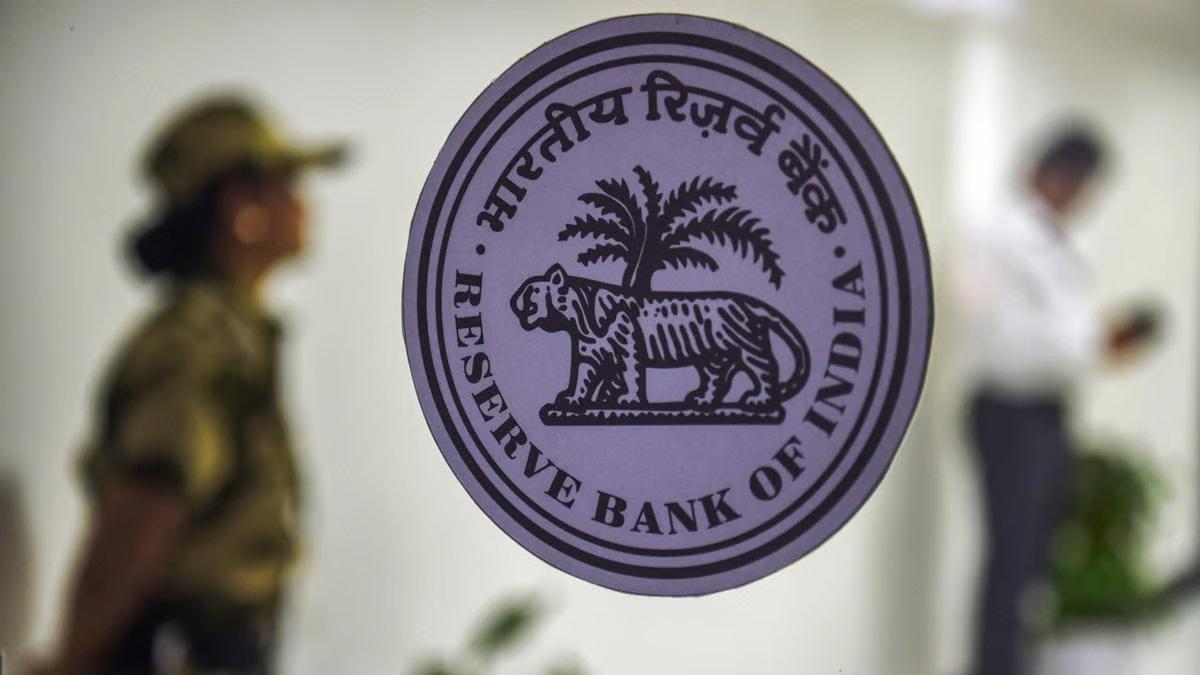The Indian market recorded a severe crash on Friday with weak world trends and heightened trade tensions souring investor sentiments. Both benchmark gauges ended the day in their biggest declines.
The Sensex crashed 1,414 points, or 1.9%, closing at 73,198 after touching an intraday low of 73,141 briefly. During the last week, the index lost 2,113 points (2.8%), and in February, the index declined cumulatively by 4,303 points (5.6%). The Sensex has now declined close to 15% from its all-time high of 85,978.
Also, Nifty 50 saw a deep fall, plunging by 420 points (1.86%) to finish at 22,125 after touching an intra-day low of 22,105. Throughout February, the index saw its 5.9% plunge and has dipped nearly 16% from an all-time peak of 26,277.
"In the short term, Nifty is likely to find support in the range of 21,800-22,000. A sustained breakout above 21,800 can trigger a sharp recovery, but failure to hold this level could again trigger a sharp fall," said Rupak De, Senior Technical Analyst at LKP Securities.
The session started on a weak note following U.S. President Donald Trump's announcement of new tariff actions against Canada and Mexico, which will be effective from March 4. His threat of an additional 10% tariff on China also raised concerns about global trade instability.
Selling pressure was broad-based, with all sectoral indices closing in the red. IndusInd Bank was the largest loser, falling 7%, followed by Tech Mahindra, Mahindra & Mahindra, Bharti Airtel, Tata Motors, Titan, Infosys, and Nestle India, which fell between 4% and 6%.
Among Sensex stocks, 27 of 30 stocks saw losses of over 1%, while HDFC Bank was the only gainer, up 2%.
All sectoral indices dropped more than 1%, led by IT and automobile stocks by almost 4% each. Other segments such as FMCG, healthcare, capital goods, consumer durables, and oil & gas suffered losses of more than 2%.
The wider market followed suit, with the BSE MidCap and SmallCap indices falling by over 2% each. The SmallCap index recorded its steepest monthly decline in five years. Market breadth continued to be weak, with almost five stocks falling for each rising stock on the BSE.
Of the 4,081 shares that were traded, 3,248 finished in the red, while 742 finished in positive territory. Around 476 stocks touched their lower circuit levels, while 106 stocks touched their upper circuit levels.
Market experts blame the sudden correction on global uncertainties and sustained selling pressure across sectors.
Read also| Trump Imposes Additional 10% Tariff on Chinese Imports
Read also| The Boom of Personal Loans in India: What’s Driving the Surge?


















